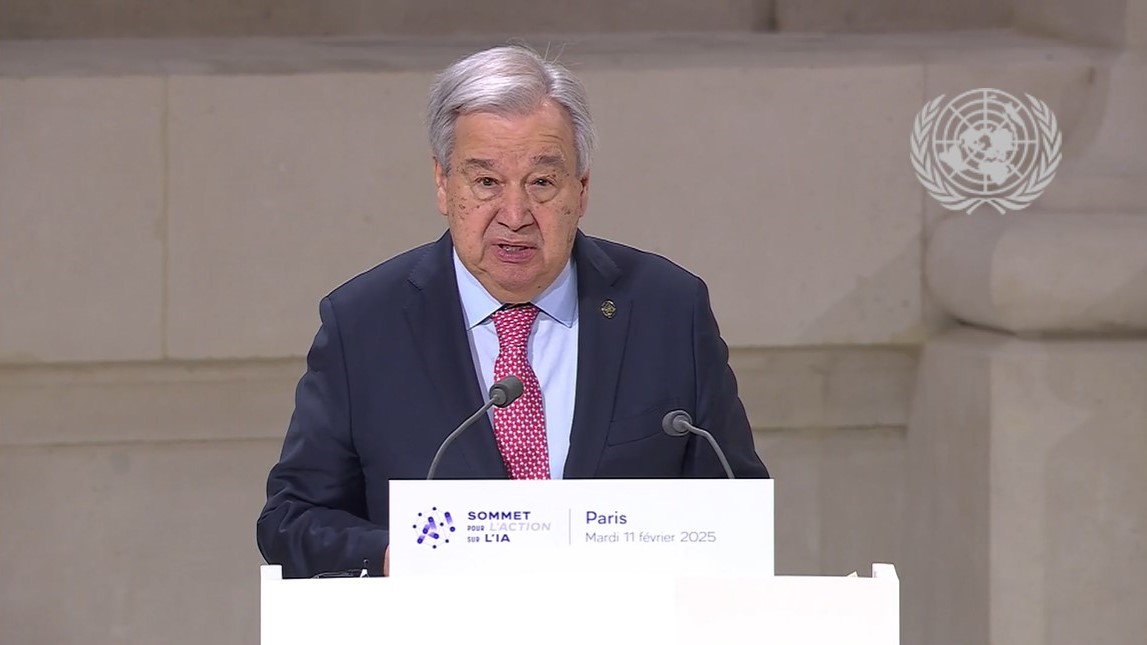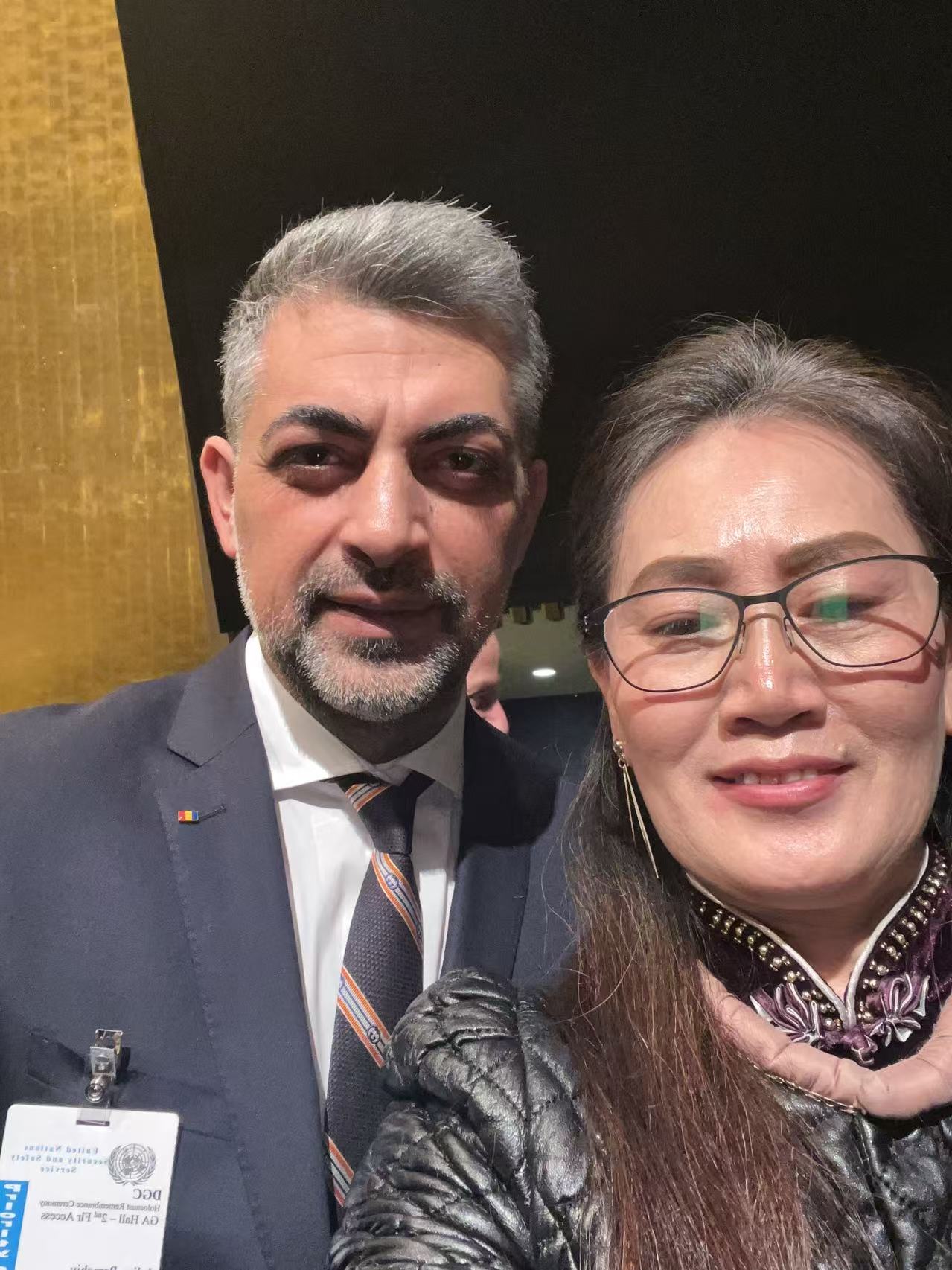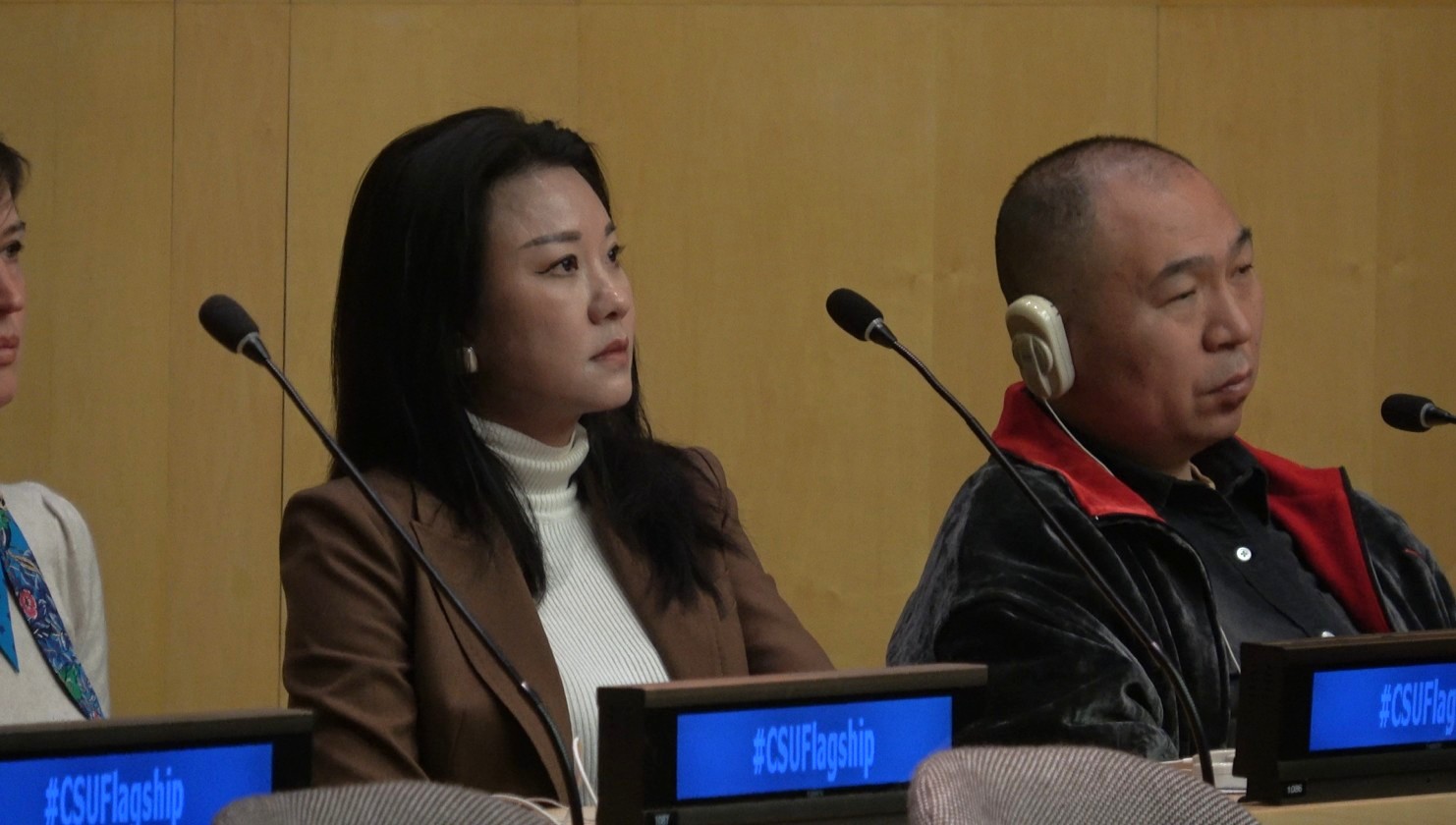 © Unsplash/Joshua Fernandez A grandmother holds her granddaughter in Shenzhen, China. (file)
© Unsplash/Joshua Fernandez A grandmother holds her granddaughter in Shenzhen, China. (file)
The World Health Organization (WHO) is concerned about the COVID-19 surge in China, Director-General Tedros Adhanom Ghebreyesus said on Wednesday, in his first virtual briefing for the year.
“We continue to ask China for more rapid, regular, reliable data on hospitalizations and deaths, as well as more comprehensive, real-time viral sequencing,” he said, speaking from Geneva.
WHO is concerned about the risk to life in the world’s most populous country and reiterated the importance of stepping up vaccination coverage, including booster doses, particularly for vulnerable groups such as older persons.
Comprehensive data needed
“With circulation in China so high and comprehensive data not forthcoming – as I said last week it is understandable that some countries are taking steps they believe will protect their own citizens,” Tedros added.
A number of countries, including the United States from tomorrow, have announced new COVID testing requirements for travellers from China to gain domestic entry, amid concerns over the spread of latest variants.
Speaking later in the briefing, WHO’s Emergencies Director Dr. Mike Ryan also stressed the need for more information from the Chinese authorities.
“We know there are difficulties in all countries very often in recording hospital releases, admissions and use of ICU (intensive care unit) facilities,” he said.
“We believe that the current numbers being published from China underrepresents the true impact of the disease in terms of hospital admissions, in terms of ICU admissions, and particularly in terms of deaths.”
Meetings with experts
WHO has held high-level meetings with Chinese authorities over the past week to discuss the rise in cases and hospitalizations.
Its Technical Advisory Group on Virus Evolution (TAG-VE) also met on Tuesday with Chinese experts to discuss the situation.
During that meeting, scientists from the Chinese Center for Disease Control and Prevention presented data from what they described as imported and locally acquired coronavirus infections.
The analysis showed that most of the virus circulating in the country are of two Omicron lineages, BA.5.2 and BF.7, which accounted for 97.5 per cent of all local infections, as well as a few other known Omicron sublineages.
“These variants are known and have been circulating in other countries, and at the present time no new variant has been reported by the China CDC,” the TAG-VE said in a statement on Wednesday.
So far, 773 sequences from mainland China have been submitted to the virus database operated by the global science initiative, GISAID.
Most, 564, were collected after 1 December. Of this number, only 95 are labelled as locally acquired cases, while 187 are imported and 261 “do not have this information provided.”
The majority of the locally acquired cases, 95 per cent, belong to the two Omicron lineages.
“This is in line with genomes from travellers from China submitted to the GISAID EpiCoV database by other countries. No new variant or mutation of known significance is noted in the publicly available sequence data,” the statement said.

Pandemic threat persists
At the top of the briefing, Tedros noted that the pandemic is now in its fourth year, and despite progress, it is still a threat to health, economies, and societies.
“We are really concerned about the current COVID-19 epidemiological picture, with both intense transmission in several parts of the world and a recombinant sub-variant spreading quickly,” he said.
COVID-19 was on the decline for most of 2021, Tedros reported, citing factors such as increased vaccinations worldwide and the identification of new lifesaving antivirals.
10,000 deaths a week
However, there are still major inequities in access to testing, treatment and vaccination.
“Every week, approximately 10,000 people die of COVID-19, that we are aware of. The true toll is likely much higher,” he said.
Furthermore, the Omicron subvariant XBB.1.5 is on the rise in the United States and Europe and has been identified in nearly 30 countries.
XBB.1.5 was initially detected in October 2022. It is the most transmissible subvariant yet, according to Dr. Maria Van Kherkove, the WHO Technical Lead for COVID-19.
Keep up surveillance
“We do expect further waves of infection around the world, but that doesn't have to translate into further waves of death because our countermeasures continue to work,” she said.
Meanwhile, the TAG-VE experts are also working on a related risk assessment that should be published in the coming days.
Dr. Van Kherkove emphasized the importance of continued COVID-19 surveillance around the world to track known subvariants that are in circulation.
Last month, more than 13 million cases of the disease were reported, though WHO believes the toll is higher,
“But more concerning, we've had a 15 per cent increase in deaths in the last month and again, we know that that is an underestimate because there are delays in reporting, and with the holiday period and with mixing, those trends are expected to continue,” said Dr. Van Kherkove.
Uganda Ebola progress
In his remarks, Tedros expressed hope that the pandemic will be defeated in 2023.
“COVID-19 will no doubt still be a major topic of discussion, but I believe and hope that with the right efforts this will be the year the public health emergency officially ends,” he said
He also pointed to good news from Uganda, which has been battling an Ebola outbreak since September.
No cases have been detected since 27 November, and if this holds, the outbreak will be declared over, shortly.
WHO will also celebrate its 75th anniversary this year, and Tedros said more details will be shared in the coming weeks.
 Celebrity Media TV
Celebrity Media TV











